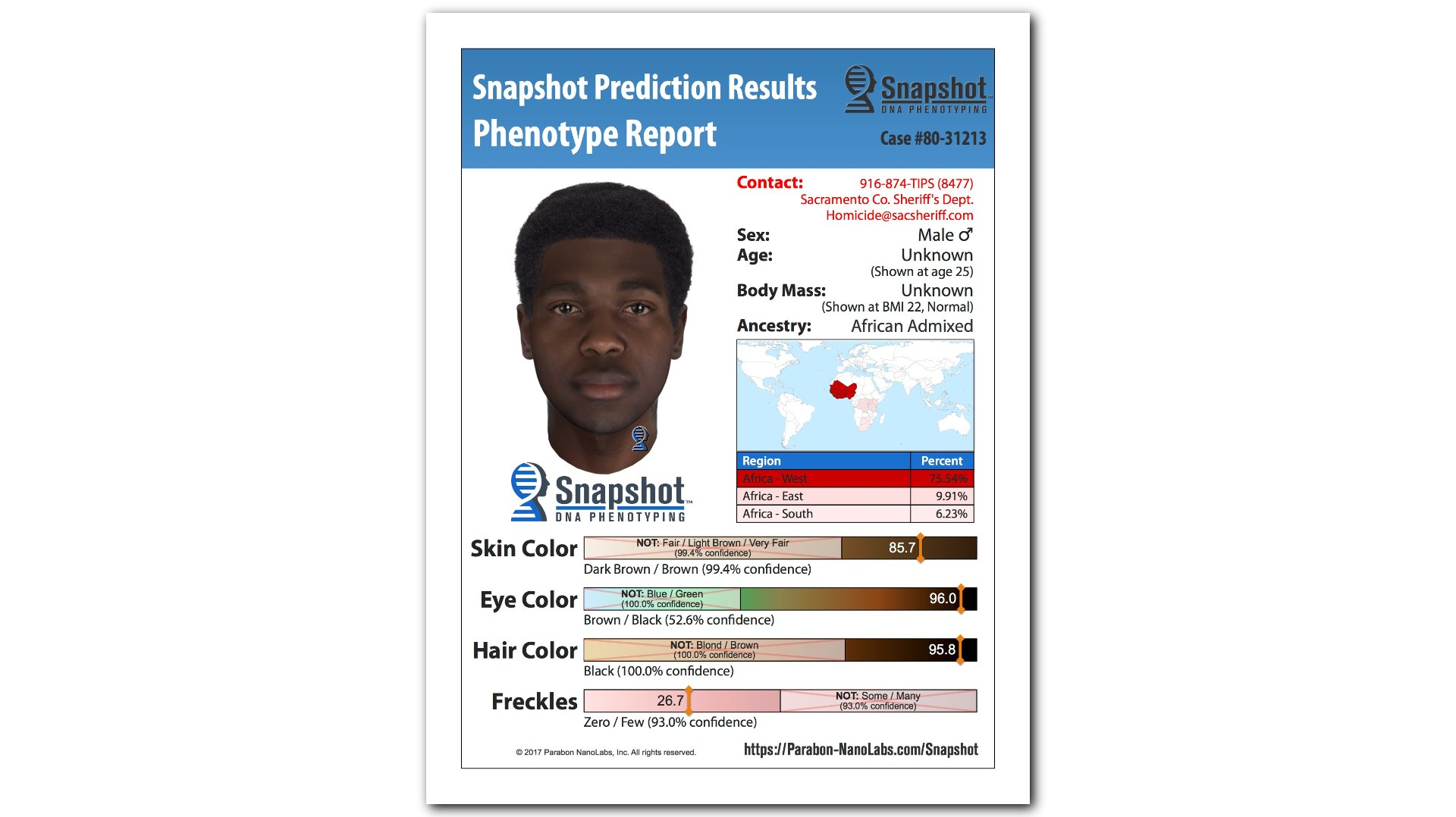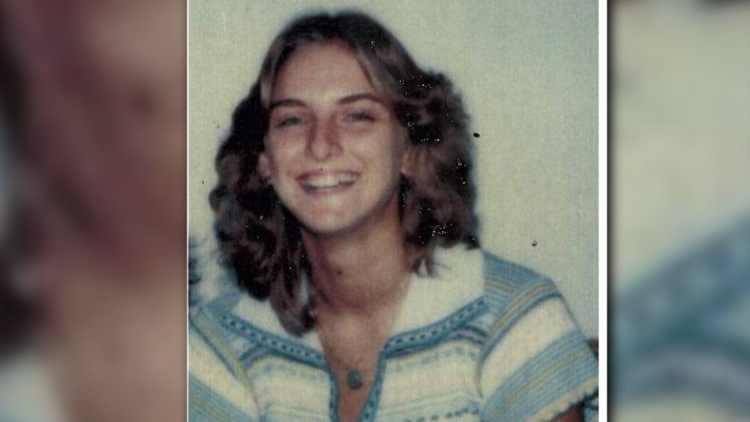The Sacramento County Sheriff's Department is taking a crack at a cold case using an advanced DNA technology.
On April 24, 1980, Robin Gisela Brooks, was found stabbed to death in the bedroom of her Rosemont apartment. The 20-year-old had been sexually assaulted prior to her death and investigators found DNA evidence of the suspect at the crime scene but have been unable to identify the killer.
Brooks was scheduled to work at “Donut Time” on Kiefer Boulevard on the day she was found dead, but never show up for her shift. That's when coworkers came looking for Brooks and made the tragic discovery. Brooks’ family has a $10,000 reward for information leading to the arrest and conviction of the person responsible for her murder.
Her family may get closer to getting answers because of the sheriff's department new efforts in finding the suspect. The department has a full DNA profile of the suspect but no matches have come up on any federal or state DNA database.
Sacramento County investigators are hoping DNA phenotyping could paint a picture of who killed Brooks. The DNA service cost the department $4,000 and is charged per case, it's not a flat rate fee. It's the first time the sheriff's department has used DNA phenotyping to try and solve a case.
What is DNA phenotyping?
The department is using "Snapshot" technology by Parabon NanoLabs. Simply put, phenotyping is a form of DNA testing which creates a computer-generated image of a person's physical appearance. The image is nearly photo quality and creates a "snapshot" of the person's detailed ancestry, eye color, skin color, hair color, face structure and even skin freckling.
Phenotyping can also help identify relatives of a person through DNA connections.
The testing cannot determine factors such as age, weight and facial hair since those details are not available in a person's genetic code. Parabon predicts a person at 25-years-old by default. Forensic artists would have to adjust age, facial hair and weight based on description information provided by police or eye witnesses.
DNA phenotyping helps illustrate what a person may look like when there are no leads on identification or when a DNA profile doesn't match anything in a database. The tool is especially helpful in case like the Brooks murder, where there were no eyewitnesses to the crime to describe a suspect, but traces of DNA were left behind.
Snapshot took four years to develop and was funded by the United States Defense Threat Reduction Agency (DTRA), according to Parabon's website.
The technology was created for defense, security, justice, and intelligence communities and has been used by numerous agencies to help generate leads. Private citizens have used Snapshot to find ancestry information.
Has DNA phenotyping helped solve cases?
Phenotyping can be a great tool for eliminating suspects and sparking leads.
In fact, on July 24th, police made an arrest for the 2009 cold case murder of Sierra Bouzigard, using the Parabon technology. Bouzigard's body was found in Moss Bluff, Louisiana by a bicyclist. The Calcasieu Sheriff's Office arrested 31-year-old Blake A. Russell after receiving a tip based off a sketch released in 2015 of the alleged killer using phenotyping, according to KPLC.
Police had previously believed the suspect was a Latino male because Bouzigard was last seen with a group of Latino men. However, the Parabon analysis found the suspect to be a white male.
There has been one conviction so far using phenotyping, and that is the case of the French Homicides in Rockingham County, NC. In Feb. 2012, Troy and LaDonna French were gunned down in their home after attempting to aid their daughter from a male intruder. During the incident, the suspect left drops of blood in the home but investigators were not able to match the DNA to a suspect.
Parabon led the Rockingham County Sheriff's Office to Jose Alvarez Jr., the brother of couple's daughter's boyfriend at the time of the murder. He was arrested in Aug. 2015 and later pled guilty to two both murders. In July of 2016, he was sentenced to two consecutive life sentences without the possibility of parole.
Phenotyping can also help with unidentified remains when there is no visual on what the person may have looked like.
What are the issues with DNA phenotyping?
Phenotyping relies on identifying using physical appearance, which is a method that can run into some problems. Parabon technology cannot positively create a photo ID of a person, it can only help create a visual when there are no other leads.
As the American Civil Liberties Union (ACLU), points out, physical appearance is not 100 percent a result of DNA. A person can change their hair color or style, age, get plastic surgery, lose or gain weight, change genders, get too much sun, become a drug addict, get disfigured in an accident and more.
Also, a person can look like a sibling or relative, or even another completely unrelated person. There's no science available that can confirm a person's DNA through face structure.
The only way to identify someone using DNA phenotyping is if a person of interest is tested for DNA and it comes back as a match with the sample used to create the Parabon sketch. This means, there'd have to be a tip leading to that person. Unfortunately, the actual suspect may not look like the sketch and misleading tips may come in.
Another issue the ACLU touches on is social and racial profiling. When a sketch is that of a person of color it can fuel "existing societal prejudices to further increase the risks to innocent people". Also, police officers with less sophisticated science tools may rely too heavily on the images and pressure DNA tests from innocent people.
Phenotyping should be used as more of a tool to narrow down or eliminate suspects, rather than as a point of probable cause to "create" a suspect.
In cold cases such as the killing of Brooks, phenotyping can help jog memories of someone who may have seen something or knows anything about the suspect, since there is nothing else to go on to solve the case but the DNA profile of the suspect.
If you have any information regarding the Brooks case, contact the Sacramento County Sheriff’s Homicide Bureau at 874-5057 or go to the Sacramento County Sheriff’s website and click on the “Tip” link.
Below are the Snapshot DNA phenotyping results for the suspect in the Brooks case. Note physical appearance of subject may have changed over the years.





